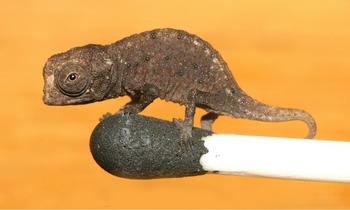 I have a special spot in my heart for oddball items in the archives. When a colleague approaches me with a question such as: "Nora, we have artists' matchbooks! Should we remove them? Will they spontaneously ignite? Will someone try to light them and set fire to the archives accidentally, or worse, on purpose?!," I delight in putting my creative problem-solving mind to work. Also, I get to learn new words, such as phillumeny (the hobby of collecting matchbox labels, printed matchbox outers, matchboxes, matchbook covers, matchbooks, and other forms of match packaging).
I have a special spot in my heart for oddball items in the archives. When a colleague approaches me with a question such as: "Nora, we have artists' matchbooks! Should we remove them? Will they spontaneously ignite? Will someone try to light them and set fire to the archives accidentally, or worse, on purpose?!," I delight in putting my creative problem-solving mind to work. Also, I get to learn new words, such as phillumeny (the hobby of collecting matchbox labels, printed matchbox outers, matchboxes, matchbook covers, matchbooks, and other forms of match packaging).
There are various references available on professional list-serves about this particular topic, with intervention suggestions ranging from the more mild "put them in a steel box," to the A-for-effort but less scientifically solid "dip the heads in wax to make them inert/discourage striking" (wax is flammable, and probably already a component of some matches) to the commandingly drastic and familiar to fans of Lewis Carroll's Queen of Hearts: "Off with their heads!" (i.e. cut off the offending flammable tips).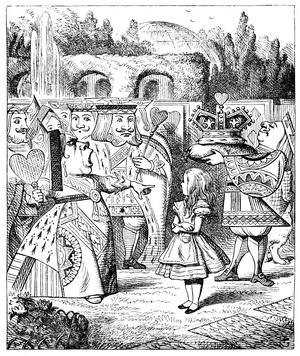
The archivists’ and librarians’ concerns are certainly valid. The chemicals in the flammable tip may suffer natural degradation through natural aging, but it is probably unlikely that a match of this mid-twentieth century vintage may spontaneously combust. Where loose early matches of the pre-safety match era may rattle around and cause friction enough to ignite the flammable head, it is unlikely that a set of twentieth century wooden or paperboard strip matches would move enough to spark an ignition.
In fact, the safety match (including the separation of the flammable chemicals and by design moving the striker plate to the outside of containers) was designed in the mid-19th century specifically to prevent this sort of accident. If a curious person were to attempt to strike a match, I would say there are perhaps other security and access issues to be considered.
While all of proposed solutions discussed above may have their merit, in our case the last option is unacceptable or at least never the first choice without due consideration. Of two sets of matchbooks from the Archives of American Art’s Leo Castelli Gallery collection, the dyed pink wooden match strip with bright yellow heads was possibly chosen for its aesthetic properties. This earlier set of matchbooks appears to be a unique, amateur production, as the cover is actually a folded silver gelatin photograph printed two-up side-by-side on Leica paper that can be dated to circa 1965-1967, based on the archivist Sarah Haug's identification of the people (Leo Castelli, Mrs. Castelli and Roy Lichtenstein at their table; the image may record a celebratory dinner at table in Paris or Venice. A catalog on the table may be from a contemporary exhibition featuring Lichtenstein’s work.) The more recently printed set was assembled by a professional matchbook company in Mexico, so there must be more, but these are the only ones that we know of and hold in our collection. If more c. 1965-1967 Castelli Gallery matchbooks came to light (. . . apologies to the editor), it might be considered feasible to retain the example in best condition, while sacrificing the heads of the rest to promote safety culture. However, having learned all I have about safety matches as of this writing, I would not recommend it for matches after 1911.
In conservation literature, there is not much discussion of matches or matchbooks in archives and libraries, being perhaps overlooked as not hugely important among the more critical "hazardous holdings in collections." Of more concern is the the storing of matchsticks in match-safes, many early models of which are made from the flammable product celluloid (cast cellulose nitrate or Bakelite) perhaps have more due attention. Those, however, come under my object conservator colleagues' jurisdiction, and are less likely to be handled by non-staff and more likely to be separated for collections safety.
The greatest risk to the Castelli matches and matchbooks is that as small, pocket-size objects, they are subject to damage from sliding around in their folder. At least one of the matchheads is compromised from prior incident or incautious handling, causing the friable tip of one to crumble and shed the flammable tip. A conservator's consolidant material might be used here to retain the rest of that tip, but a preventative housing would do just as well, and protect the overall structures too.
This set presents the challenge and a solution for rehousing sets of matchbooks in the Leo Castelli Gallery Records.
As an interventive yet not too radical solution, I came up with the double-sided sink mat shown in the Flickr set, which accomodates the matchbooks' uneven thickness, restricts movement, and allows ease of handling. With two examples of each matchbook, I was able to mount them in two ways, one open to show the full image on one side, and also the intended intial view, closed, appearing as a normal matchbook would, to approximate the user’s experience of being handed a small personal item. The two matchbook covers from the sixties differ in exposure and density, so the one in better condition was chosen as the one to display open in the sink mat. Alternately, one could use corner or strip mounts intended for thicker artworks on board, or simply slip them into appropriately sized polyethylene or Mylar pocket/print sleeves for small objects. I think the polyethylene might have a little more forgiveness and grip than the Mylar. Do you have any other solutions? Conservators, collections managers, archivists, lend me your ideas!
UPDATE: Hot tip that in 2018, Northwestern University Libraries' Conservation Fellow independently took on this challenge. Take a look at their solution, identification, testing of and applying a suitable coating to reduce contact of the match heads. Kudos!
Related Resources
Related Collections
- Eleanor Wolpe Matchbook Collection, 1950-1990, Archives Center, National Museum of American History
- Elion-Weingarten Matchbook Collection, 1930-1983, Archives Center, National Museum of American History
- Leo Castelli Gallery records, circa 1880-2000, bulk 1957-1999, Archives of American Art
Produced by the Smithsonian Institution Archives. For copyright questions, please see the Terms of Use.

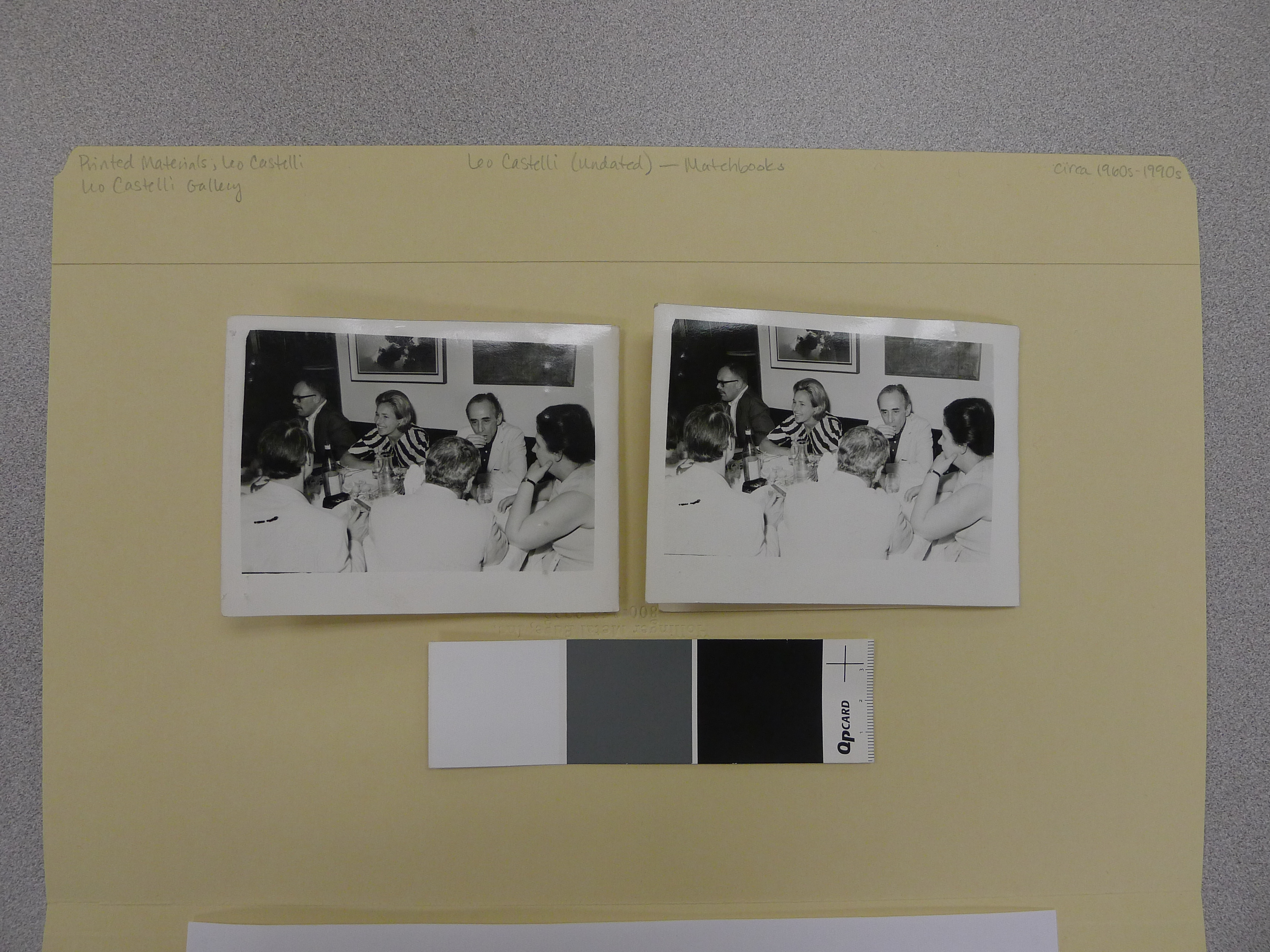
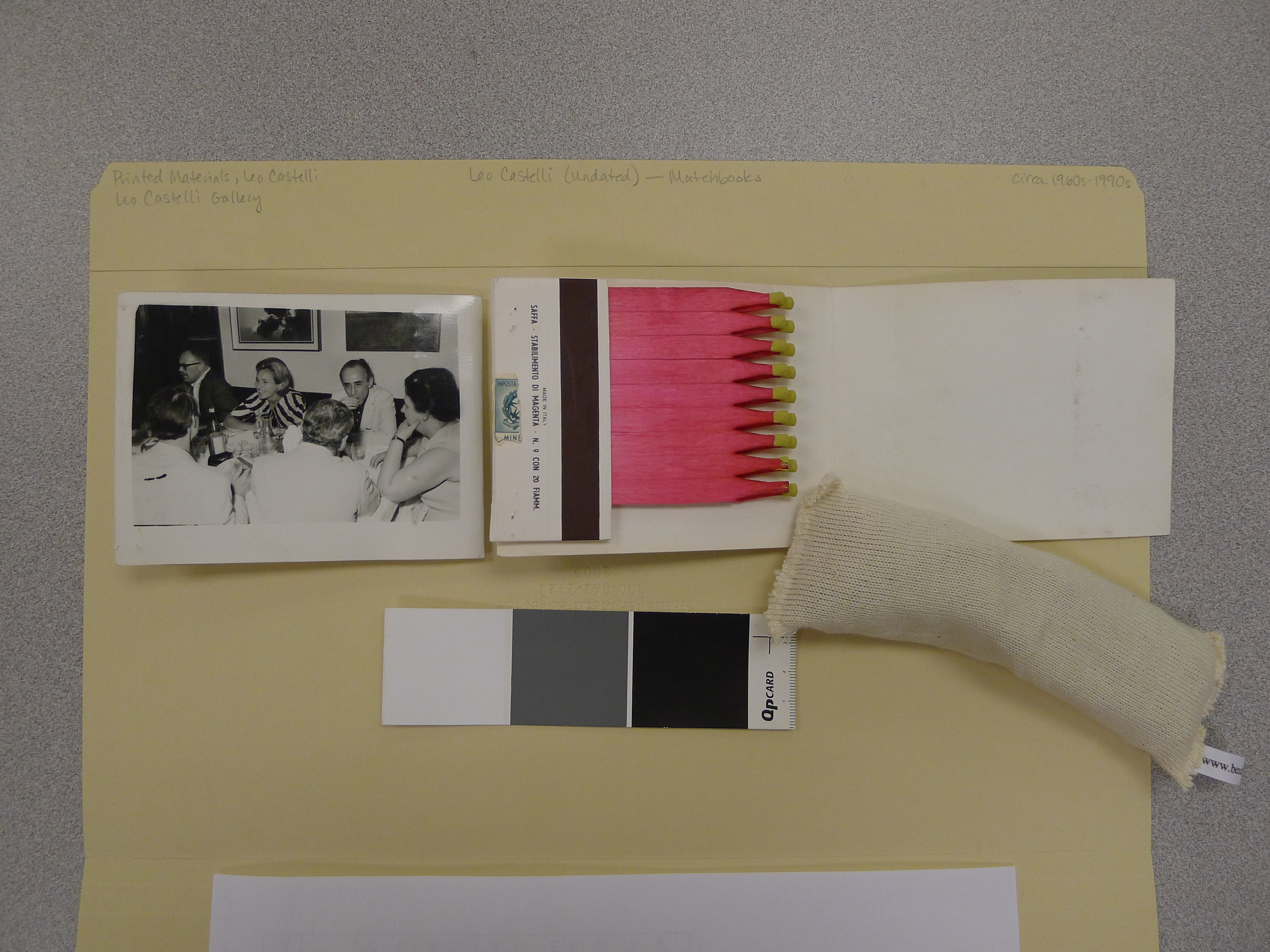
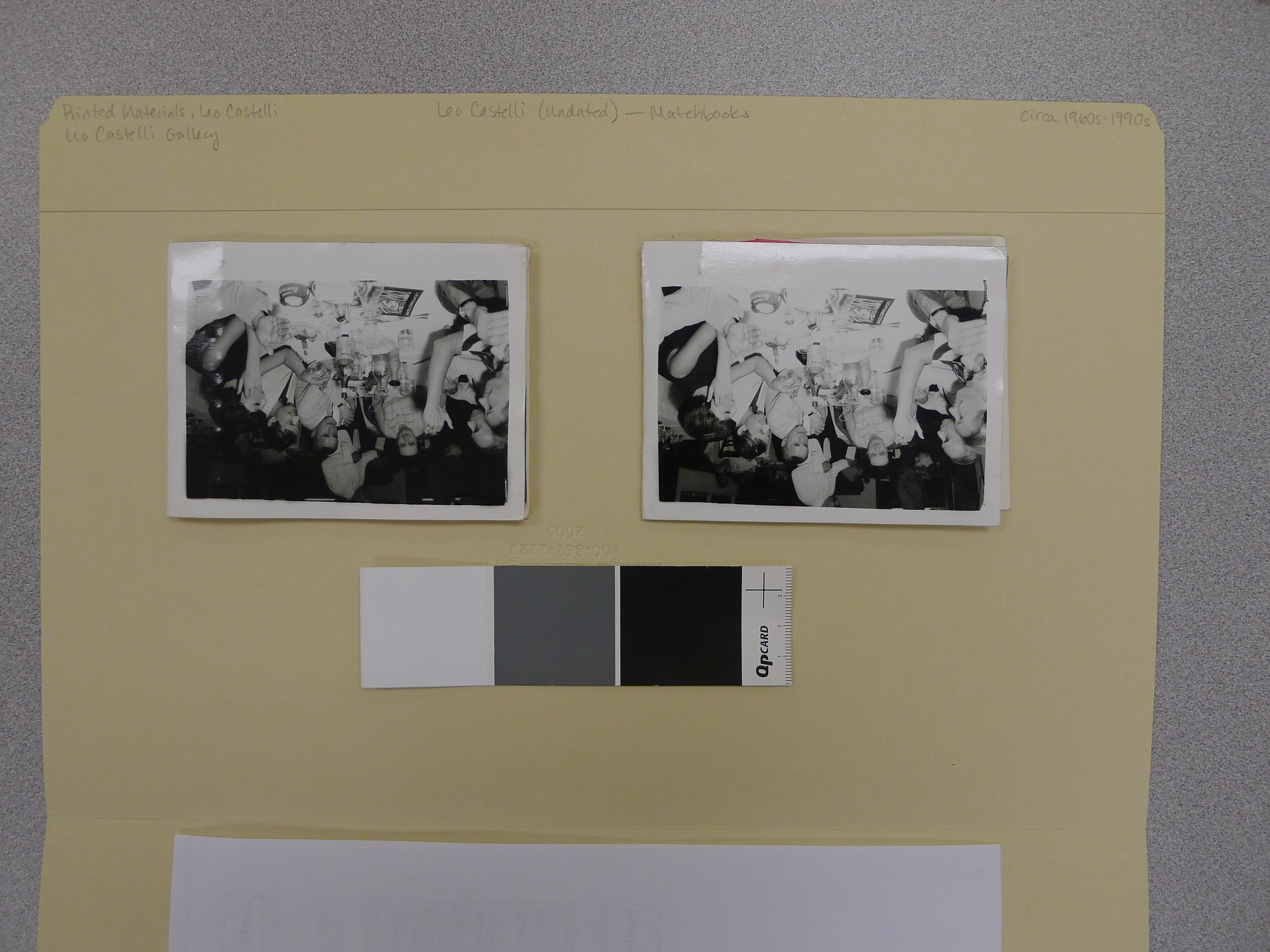
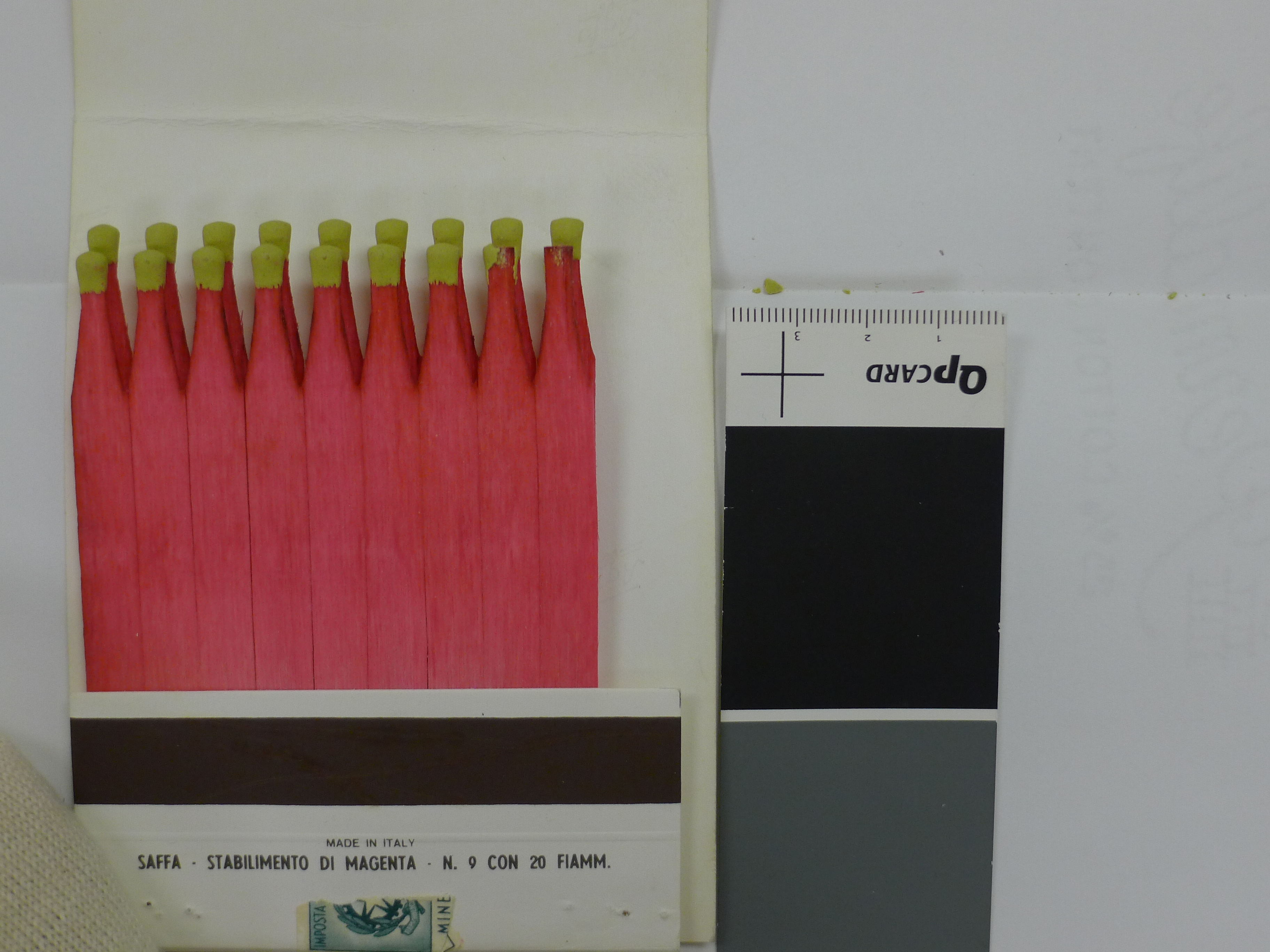
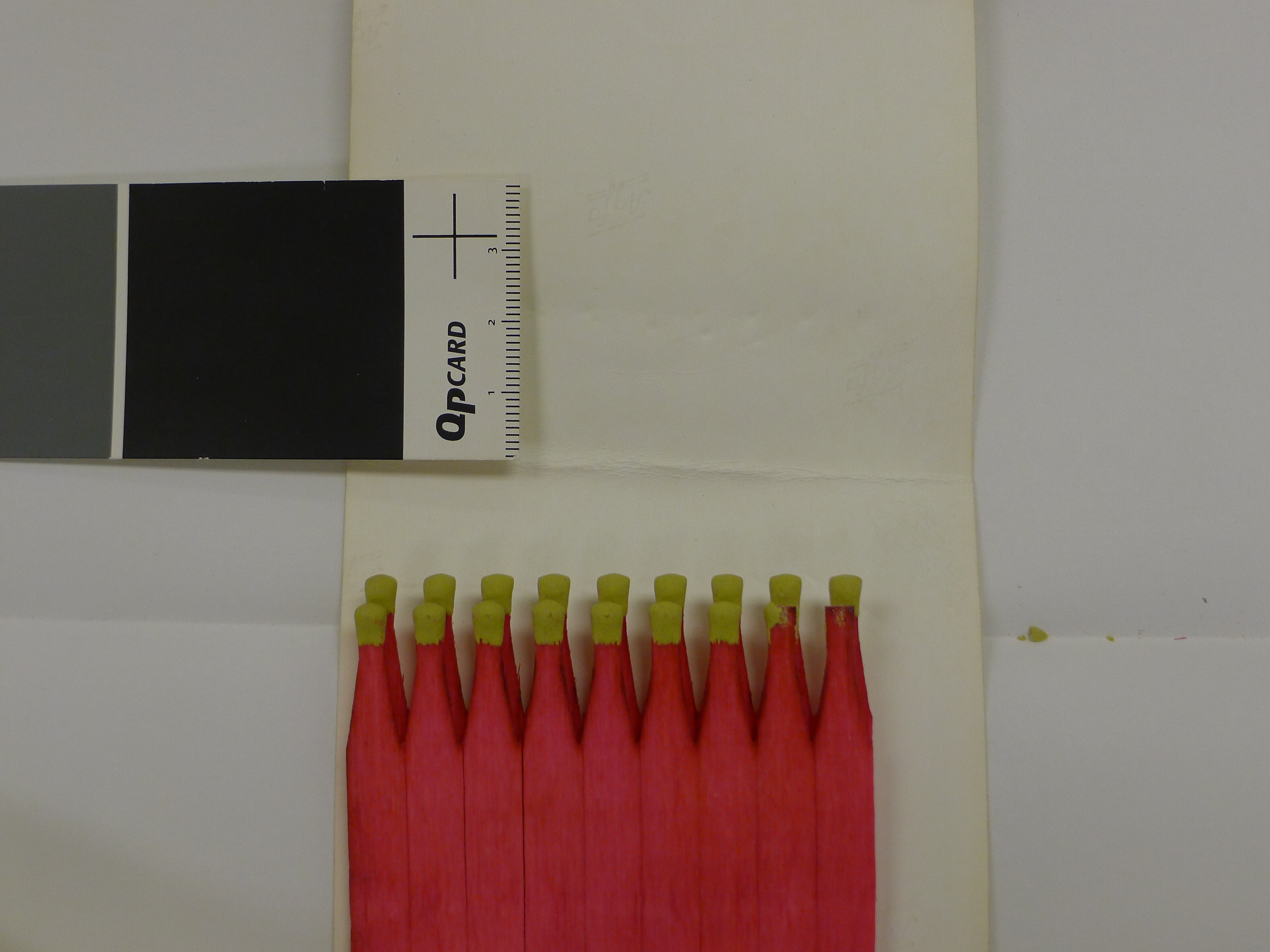
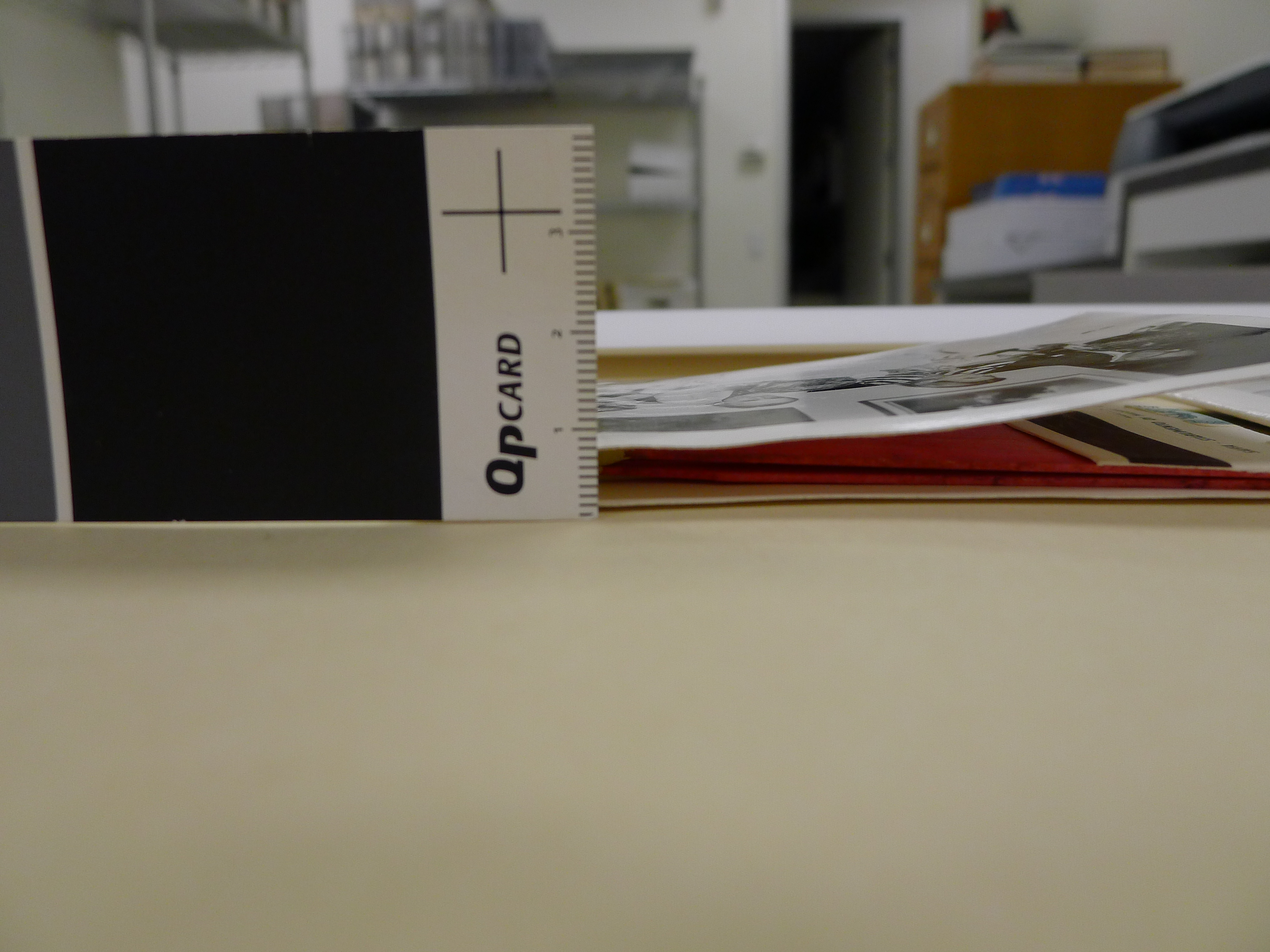
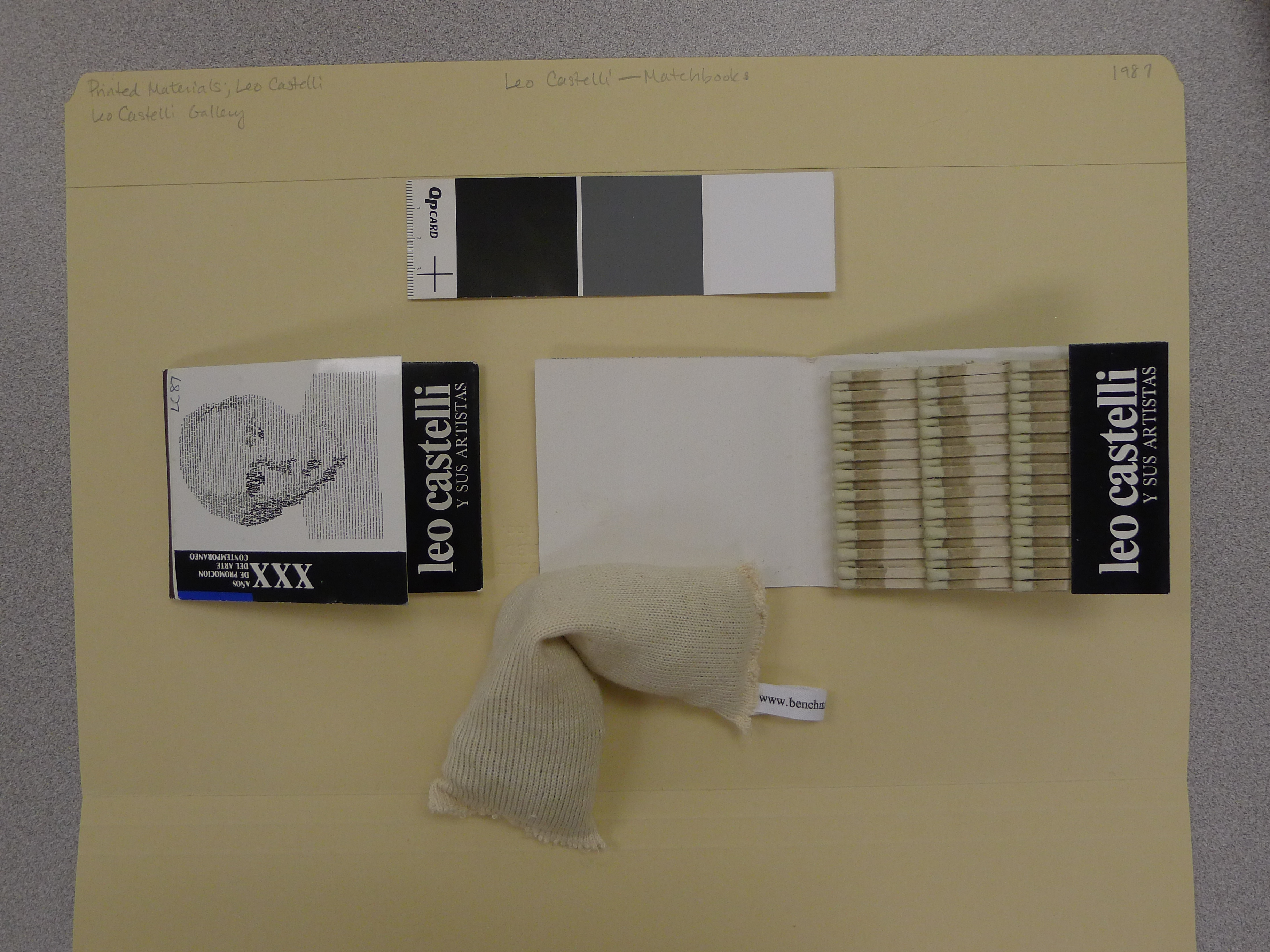
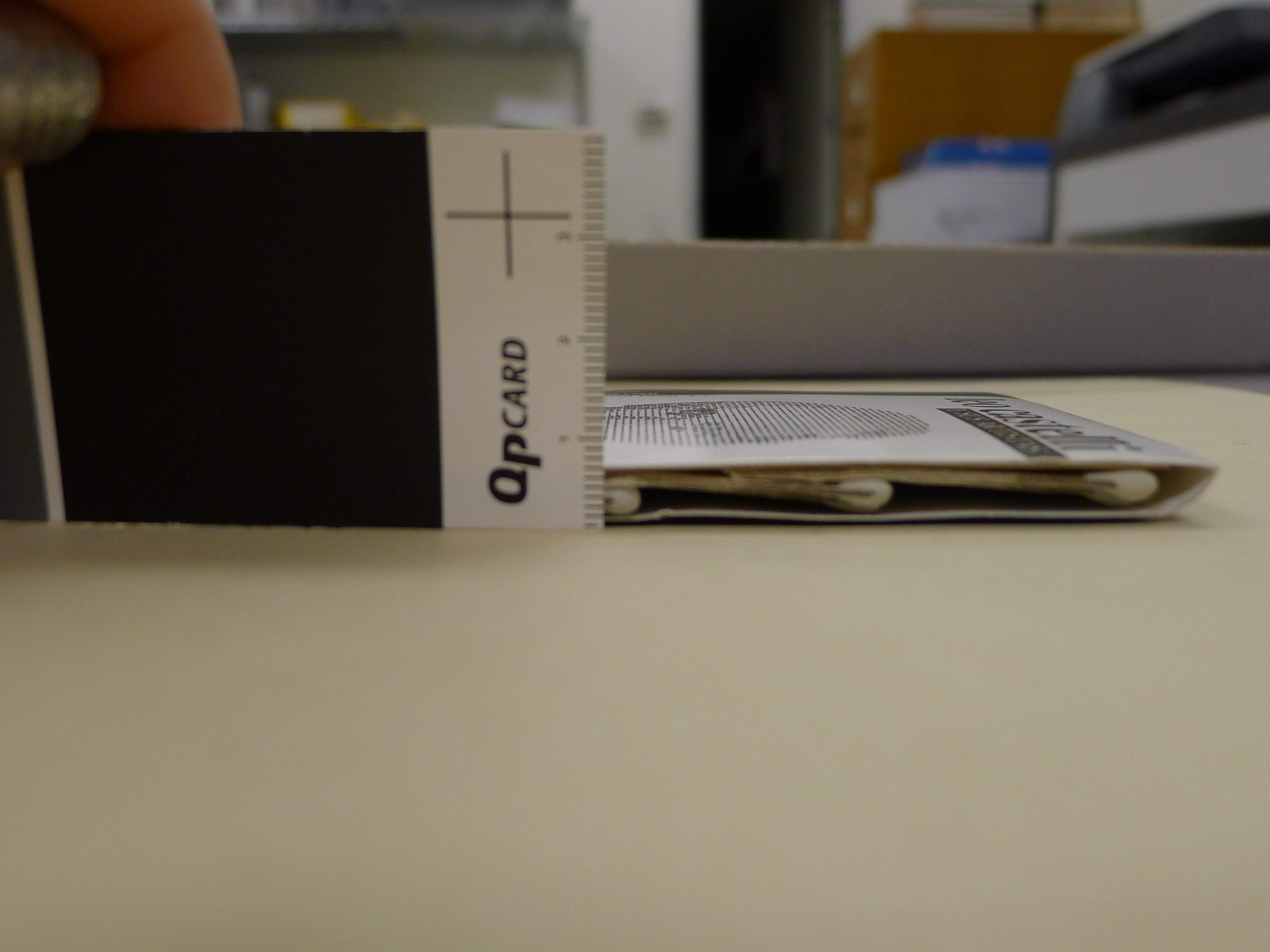

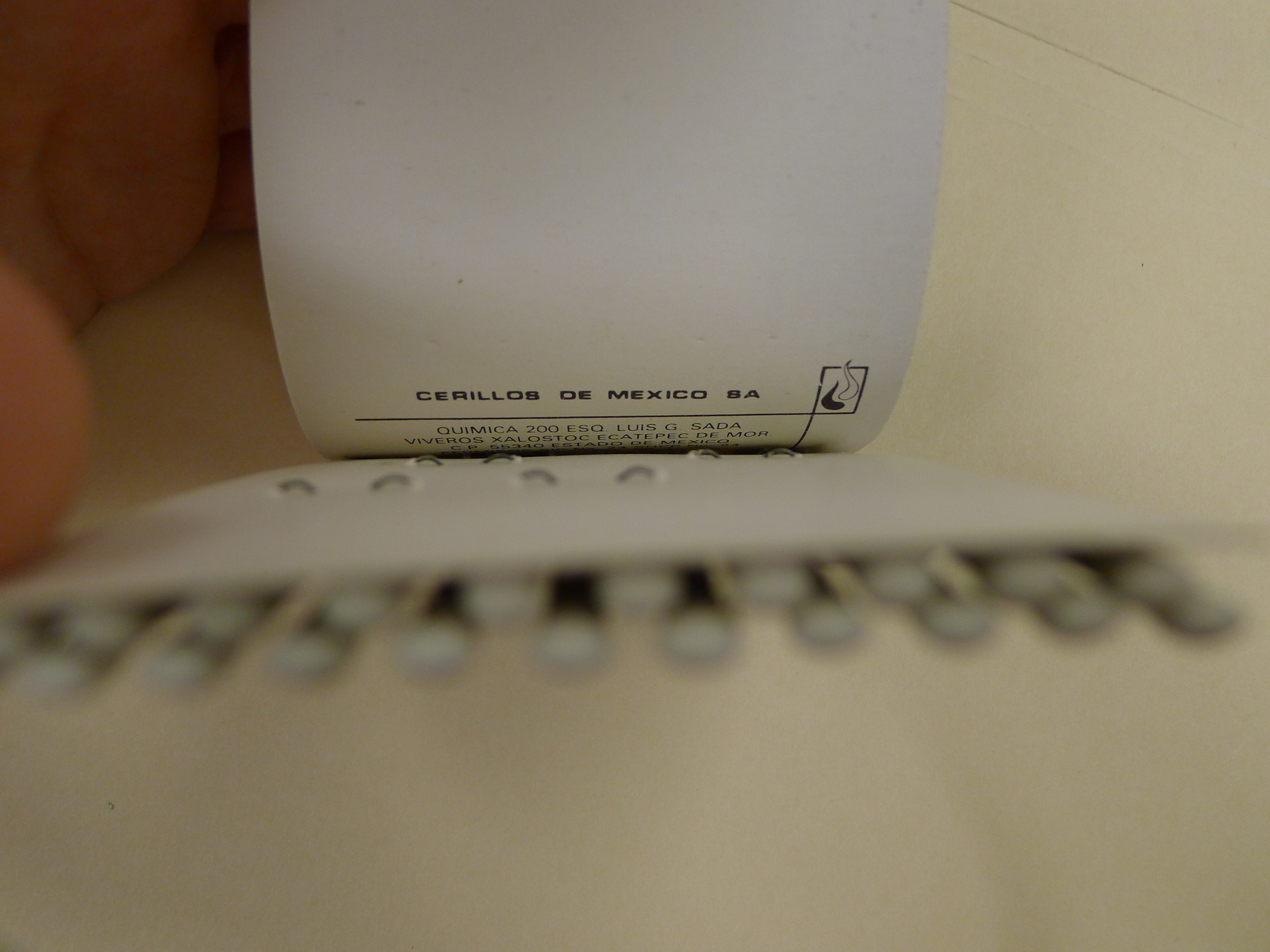



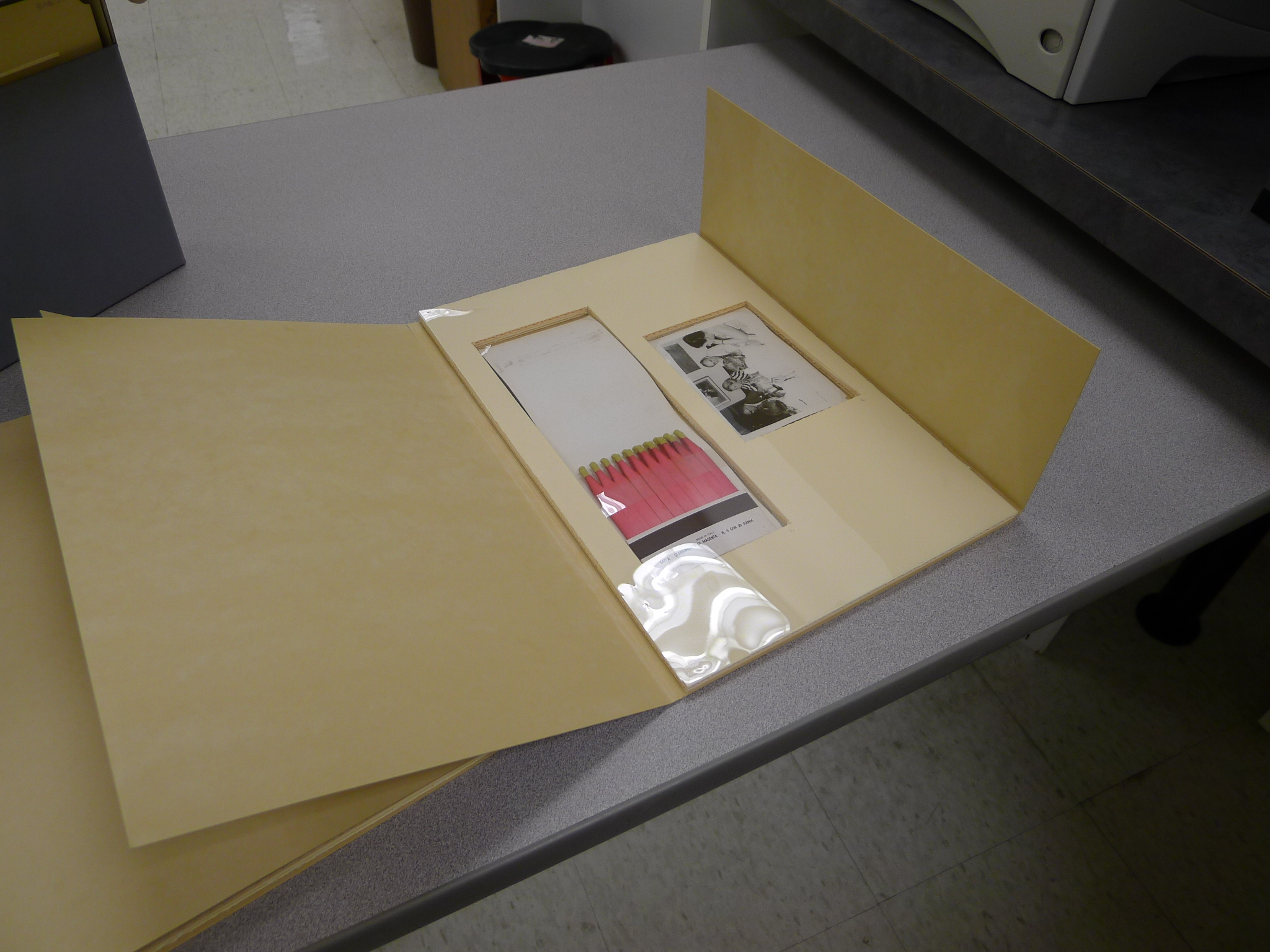

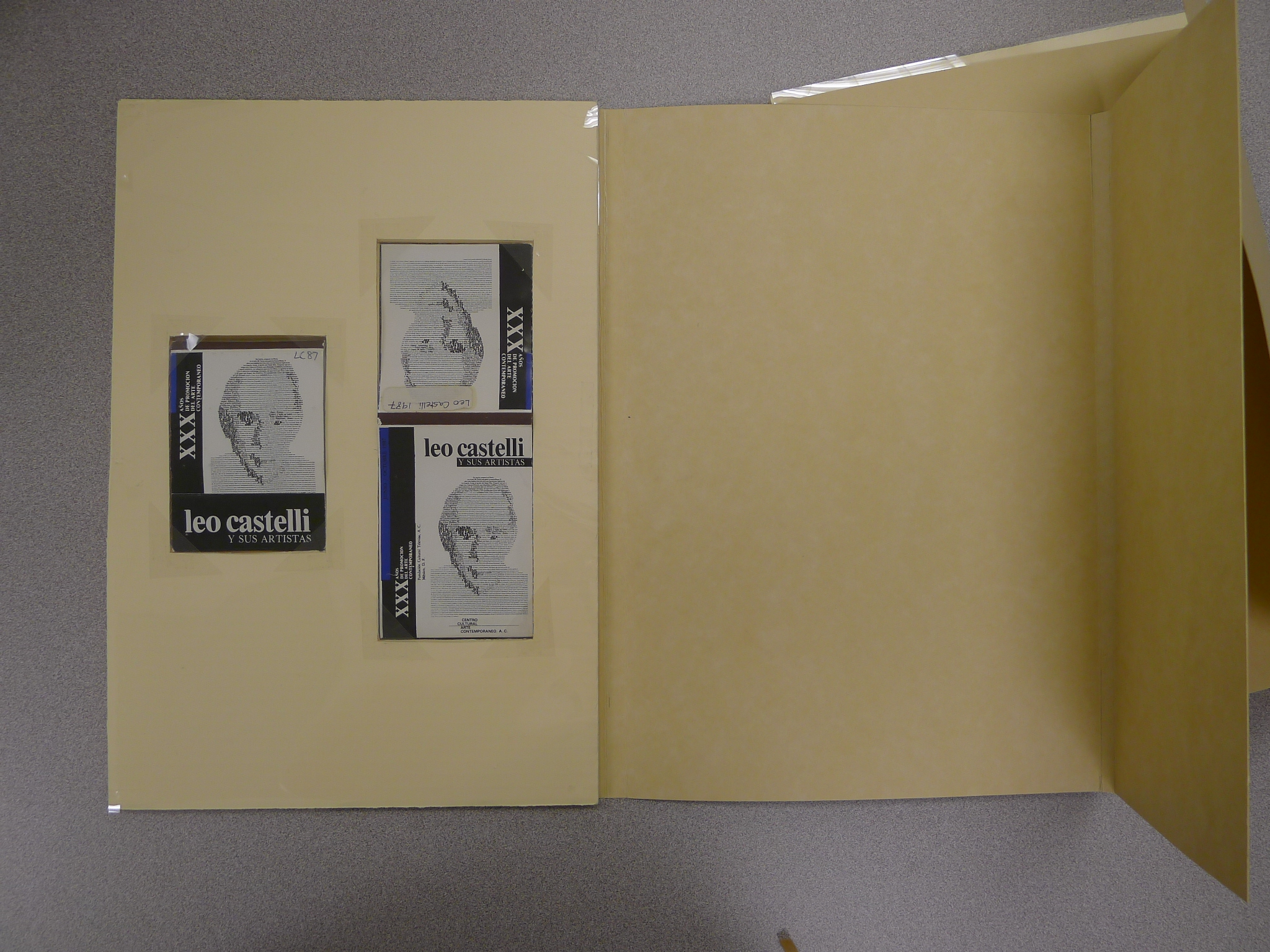
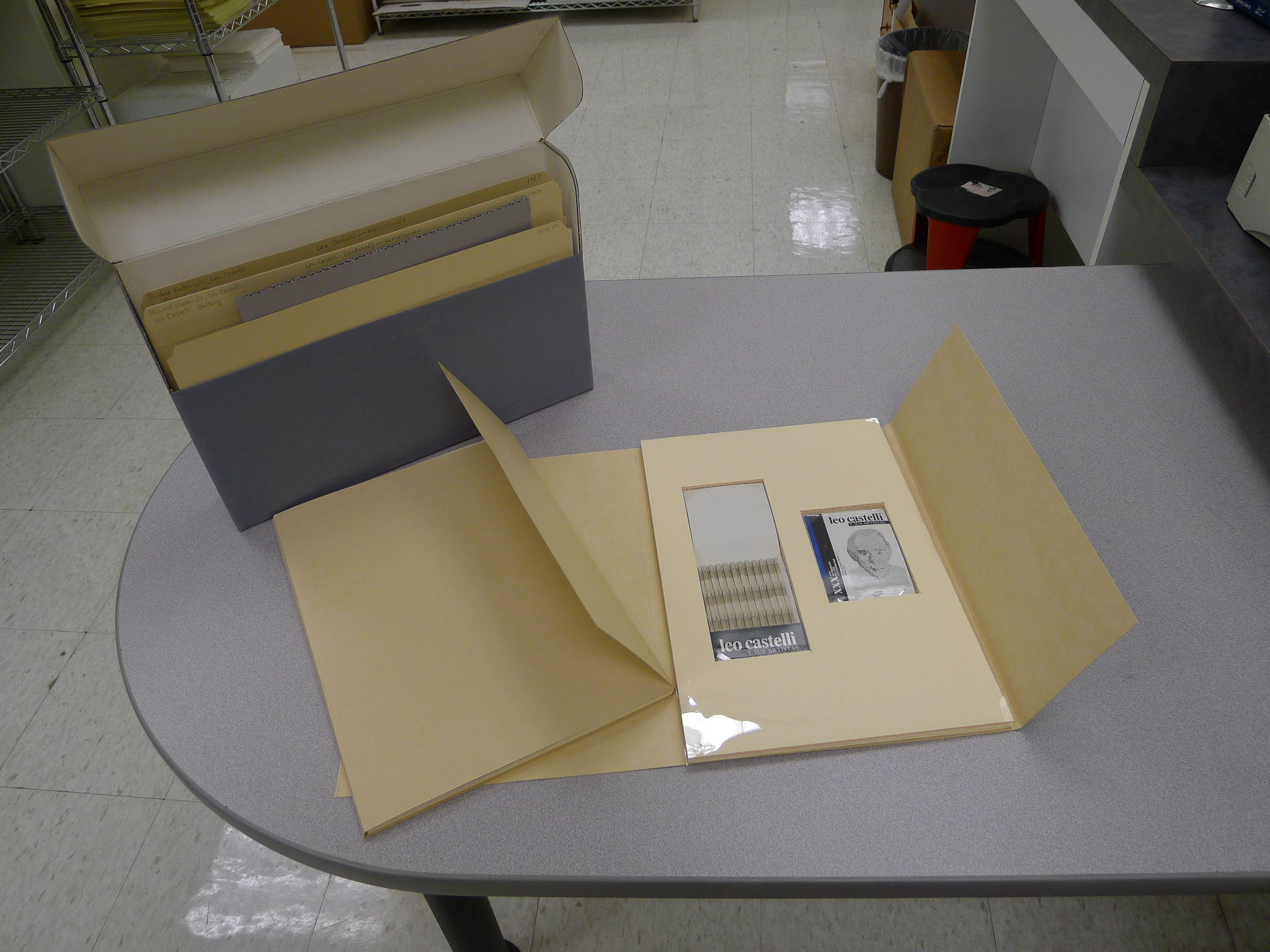
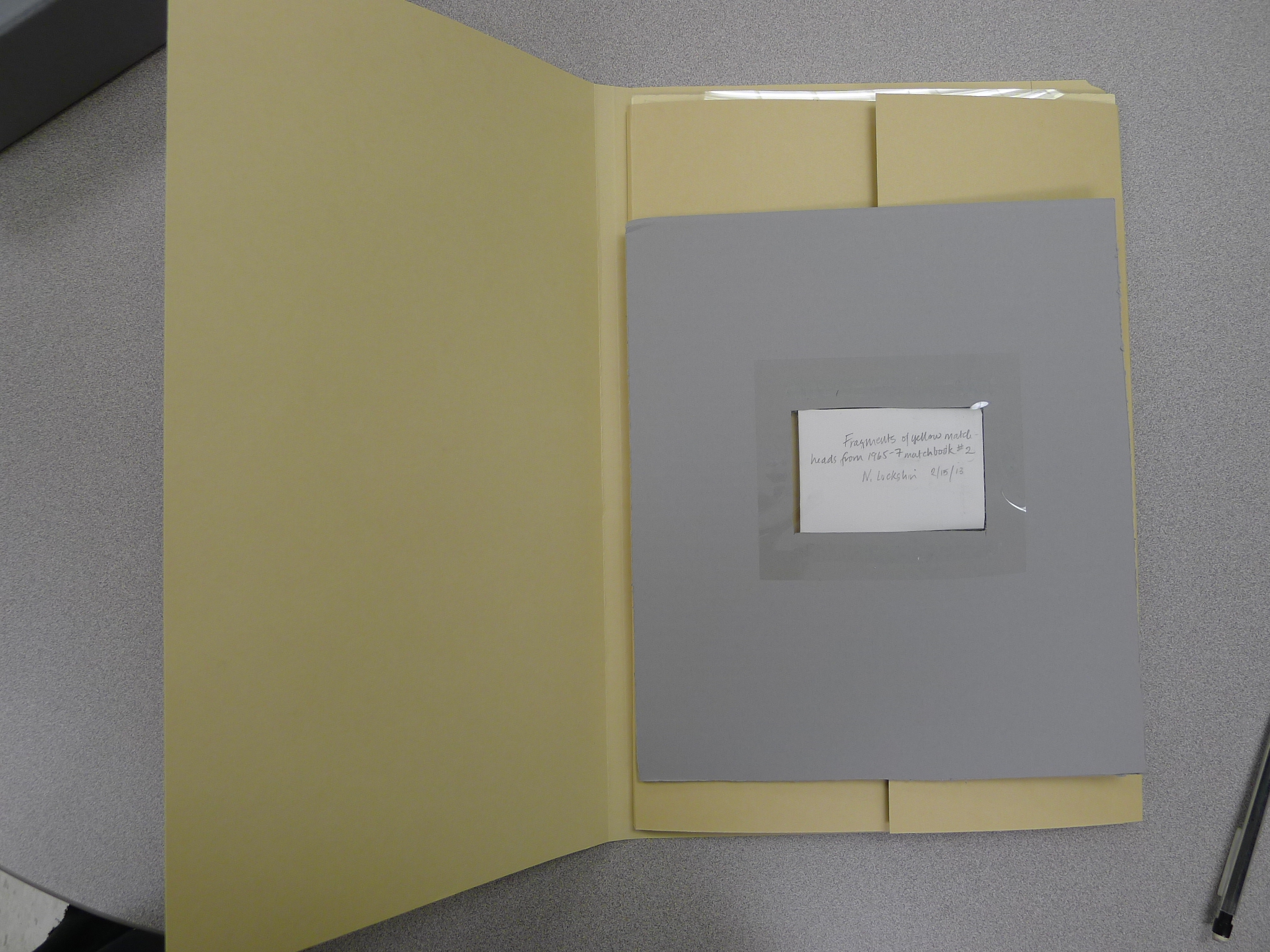
Leave a Comment